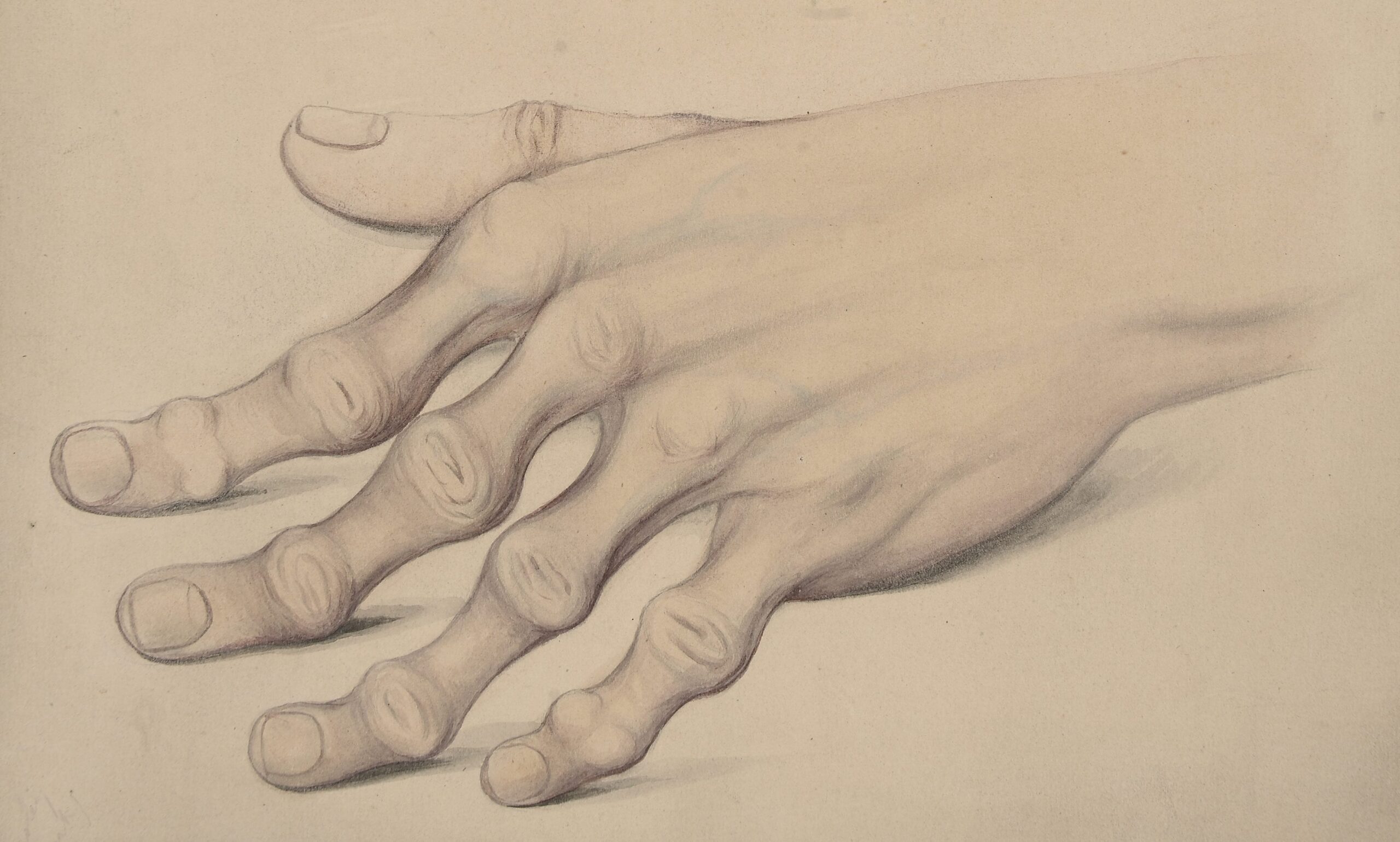Rock climbing does not cause arthritis. However, people with pre-existing joint conditions should be cautious as it may exacerbate their symptoms.
Rock climbing is a popular and challenging sport that involves using specialized equipment, such as ropes and harnesses, to climb rocks and cliffs. It is a high-intensity activity that requires strength, endurance, and skill. As with any physical activity, there are potential risks and benefits involved.
One concern that some people have is whether or not rock climbing can cause arthritis. While there is no evidence to suggest that rock climbing directly causes arthritis, it is possible that people with pre-existing joint conditions may experience worsening symptoms due to the strenuous nature of the sport. In this article, we will explore the relationship between rock climbing and arthritis and provide tips on how to minimize the risk of joint injuries.

Credit: scienceblogs.com
Understanding Rock Climbing And Arthritis
Defining Rock Climbing And Arthritis
Rock climbing involves the use of hands, arms, and feet to climb rocks or cliffs. It requires physical strength, endurance, and flexibility. On the other hand, arthritis is a joint disorder characterized by inflammation, swelling, and pain in the joints.
Due to the nature of rock climbing, there has been ongoing debate as to whether or not it can cause arthritis.
Different Forms Of Arthritis
Arthritis is not just one condition, but rather a term used to describe over 100 different forms of joint pain and inflammation. Some of the most common forms of arthritis include osteoarthritis, rheumatoid arthritis, and psoriatic arthritis. While each type of arthritis has its own unique causes and symptoms, they all share the common characteristic of joint inflammation.
Diagnosing Arthritis Caused By Rock Climbing
It’s important to note that arthritis is not necessarily caused by rock climbing, but rather, it can be exacerbated by certain repetitive motions and strains that rock climbers experience. To diagnose arthritis caused by rock climbing, a doctor will typically perform a physical examination of the affected joint, as well as x-rays or other imaging tests to assess the severity of the condition.
Identifying The Symptoms
The symptoms of arthritis caused by rock climbing may vary depending on the type of arthritis present. However, some common symptoms include joint pain, stiffness, swelling, and a decreased range of motion in the affected joint. Over time, arthritis can also lead to the development of bone spurs and other irregular growths around the joint.
If you experience any of these symptoms, it’s important to seek medical attention as soon as possible to receive an accurate diagnosis and appropriate treatment.
Is Rock Climbing A Risk Factor For Arthritis?
Exploring The Connection Of Rock Climbing And Arthritis
Rock climbing is a popular outdoor activity that requires excellent physical fitness, endurance, and technical skills. However, many people wonder if rock climbing can cause arthritis, a degenerative joint disease. Here are some points to consider:
- The repetitive strain on the hands and wrists when gripping and pulling may contribute to developing arthritis.
- The constant weight-bearing on the knees may also lead to arthritis development in the joint.
- However, there is no definitive evidence on whether rock climbing causes arthritis.
Understanding The Nature Of Rock Climbing Injuries
Rock climbing injuries can range from minor bruises and cuts to severe bone fractures. Still, the most common ones are sprains, strains, and tendinitis due to overuse and repetitive movements. Here are some vital points to consider:
- Tendinitis is an overuse injury that can cause pain and inflammation of the tendons and soft tissues surrounding the joints.
- Sprains and strains can also arise from overuse and repetitive movements, leading to swelling and pain.
- Bone fractures can occur from falls or other accidents, causing severe joint damage and leading to arthritis development over time.
Other Sports That Could Cause Arthritis
Rock climbing is not the only sport that can cause arthritis. Several other physical activities put stress on the joints, contributing to joint degeneration. Here are some sports to consider:
- Contact sports such as football and hockey can cause joint injuries and, later, arthritis development.
- Long-distance running can cause repetitive joint strain leading to arthritis development over time.
- Weightlifting that puts pressure on the joints can lead to joint inflammation and arthritis.
Compiling Research On The Connection Between Rock Climbing And Arthritis
Research on the connection between rock climbing and arthritis is limited. However, some studies suggest that overuse and repetitive movements could lead to joint degeneration and arthritis development. Here are some findings:
- A study published in the journal of hand therapy found that rock climbers have a higher incidence of tendinitis of the fingers and wrist than non-climbers.
- A study published in the journal of athletic training found that rock climbers have a higher risk of wrist injuries than other athletes, leading to joint degeneration.
- However, there is no clear correlation between rock climbing and arthritis development; therefore, more research is necessary to identify the long-term effects of this activity on joint health.
Overall, rock climbing can cause joint injuries that may lead to arthritis development over time. However, the scientific evidence is limited, and more research is necessary to identify the specific risks associated with this sport. It is essential to practice proper safety measures and consult with a medical professional if you experience any joint pain or discomfort.
Frequently Asked Questions On Can Rock Climbing Cause Arthritis?
Can Rock Climbing Cause Arthritis In The Fingers?
Yes, repeated stress and strain on finger joints during climbing can lead to the development of finger arthritis.
Does Rock Climbing Increase The Risk Of Developing Arthritis?
Yes, the repeated stress and strain on joints during climbing and falls can increase the risk of developing arthritis.
Can Rock Climbing Help Alleviate Arthritis Symptoms?
Yes, rock climbing can help improve joint flexibility, strength, and reduce arthritis pain and inflammation.
Conclusion
Overall, the evidence suggests that rock climbing does not increase the risk of developing arthritis. Even though climbers put a lot of strain on their joints, the exercise and conditioning involved in climbing can actually improve joint health and reduce the risk of arthritis.
However, it is important for climbers to take proper precautions to avoid injury, such as wearing appropriate gear and warming up before climbing. Additionally, if a climber already suffers from arthritis, it is important to talk to a doctor or physical therapist about modifications to their climbing routine to avoid exacerbating the condition.
As with any physical activity, it is essential to listen to your body and take steps to prevent injury. By doing so, climbers can continue to enjoy this exciting and challenging activity without worrying about its impact on their joint health.




